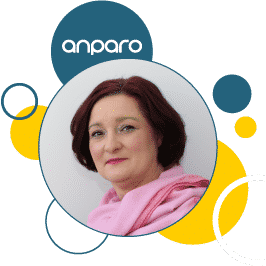Pest control services are part of mandatory DDD (Disinfection, Disinsection, and Deratization) measures for the protection of the population from infectious diseases. Ensuring the implementation of mandatory DDD measures is obligatory for companies, institutions, and other legal and natural persons who perform activities through personal work, as well as individuals who own, possess, or manage facilities in accordance with the provisions of the Law on the Protection of the Population from Infectious Diseases and the Regulation on the Implementation of Mandatory DDD Measures. The frequency of implementing these measures varies depending on the purpose of the facility and established needs, with mandatory DDD measures carried out from 2 to 4 times a year.

FOR EMPLOYERS WHO WANT TO KNOW MORE ABOUT DERATIZATION
Deratization involves a set of different measures taken with the aim of reducing the population of harmful rodents below harmful levels, stopping their reproduction, or completely eradicating the population of harmful rodents. Harmful rodents are natural reservoirs and carriers of infectious disease agents or storage pests. Deratization is carried out through mechanical, physical, or chemical measures. It also includes all measures taken to prevent the entry, retention, and reproduction of harmful rodents on surfaces, in spaces, or in buildings.
Harmful rodents of public health importance include:
1. Rats:
– Black Rat (Rattus rattus) Linne
– Fruit-Eating Rat (Rattus rattus var. frugivorus) Linne
– Alexandrine Rat (Rattus rattus var. alexandrinus) Geoffr
– Brown Rat (Rattus norvegicus) Berkenhout
2. Mice:
– House Mouse (Mus musculus musculus) Linne
– House Mouse (Mus musculus domesticus) Linne
3. Other harmful rodents (e.g., field mice, voles) for which there is suspicion of transmitting infectious diseases
Mechanical deratization measures
involve timely removal of waste and other materials suitable for the development of harmful rodents, rearranging stocks, removing potential habitats, installing barriers (nets), using traps (live or dead traps), and adhesive strips with or without attractants.
Physical deratization measures
involve the use of ultrasonic devices to prevent the entry and retention of harmful rodents.
Chemical deratization measures
involve the use of rodenticides, i.e., exposing poisoned baits with anticoagulants of the I and II generations or gases to reduce the total number of harmful rodents below harmful levels, stop their reproduction, or completely destroy the present population of harmful rodents. Chemical deratization measures are carried out through:
– Dusting – the application of rodenticidal powders to sprinkle holes and pathways used by harmful rodents
– Exposing scattered rodenticidal baits
– Exposing solid (paraffinized) rodenticidal baits
If you want to learn more about how risk assessment is viewed at the European Union level, visit the website of the European Agency for Safety and Health at Work.
Mandatory DDD measures (deratization, disinsection, disinfection) are carried out in buildings, facilities, spaces, premises, on devices, and equipment of individuals conducting economic activities and in sectors related to health, education, social care, hospitality, tourism, crafts and services, sports and recreation, public water supply and wastewater treatment facilities, as well as municipal waste disposal sites. They are also conducted in public transportation, in and around residential buildings, on public surfaces and public facilities in cities and settlements, and other facilities of public health and municipal importance.
Anparo d.o.o. provides deratization services based on the approval of the Minister of Health and Social Welfare in accordance with the Regulation on the conditions that legal and natural persons conducting mandatory disinfection, disinsection, and deratization activities must meet as measures to prevent and control infectious diseases in the population.
Information about this service is provided by:

Irena Ružić
Office Manager

